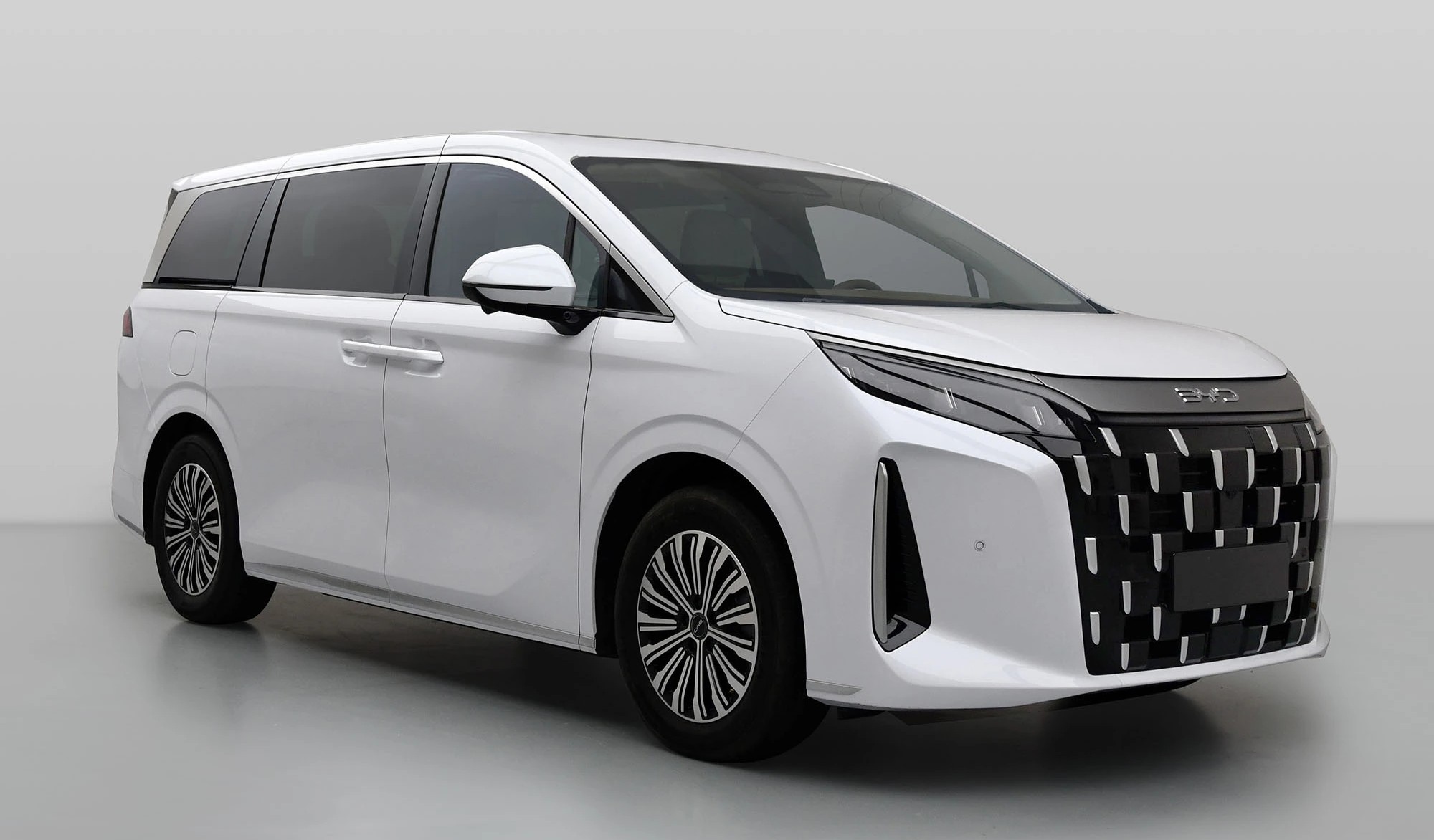Sunday China Drive | BYD Xia (M9): family-focused MPV tested before its global launch
The BYD Xia is a plug-in hybrid minivan positioned as a large, family-oriented MPV. Between January and May, it recorded 14,962 deliveries in China with a starting price of 249,800 yuan (approx. 34,750 USD) before subsidies. To boost sales and broaden its appeal, BYD is launching the Xia in global markets under the BYD M9 name.
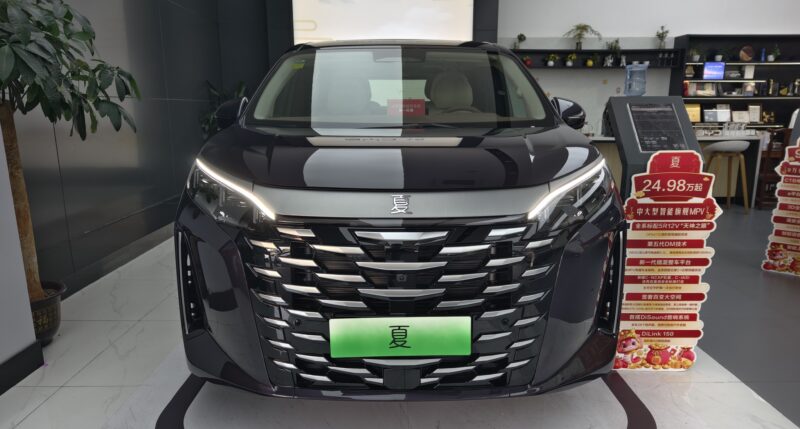
BYD has already exported 500 units, indicating preparations for overseas deployment. The model will make its international launch in Mexico on June 25. To mark its arrival, BYD Mexico will hold a live-streamed launch event.
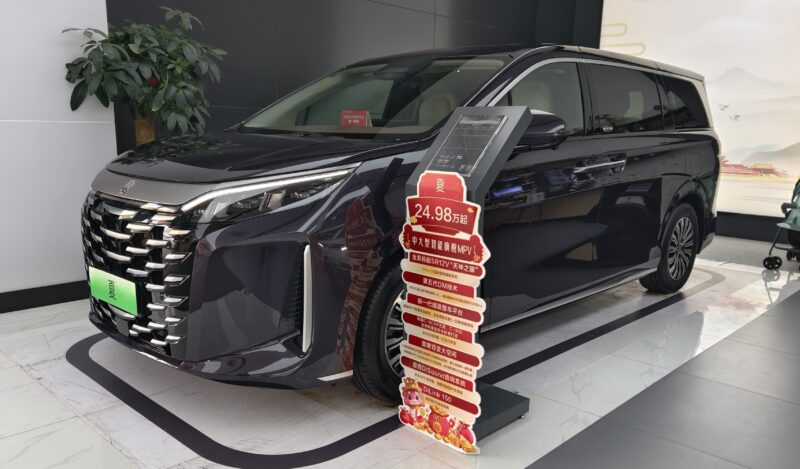
Exterior
The BYD Xia adopts the brand’s “Loong Face” (Dragon Face) design philosophy. It is characterised by a prominent front grille flanked by slim, angular headlamps. The horizontal chrome strip bridging the lights widens the front end. The side profile presents clean, unembellished surfaces, with sliding rear doors and 19-inch wheels providing the functionality expected in the segment. At the rear, a full-width taillight bar and subtle roof spoiler complete a design that leans toward utility rather than showmanship.

In terms of dimensions, the Xia measures 5,145 mm in length, 1,970 mm in width, and 1,805 mm in height, with a wheelbase of 3,045 mm. Its proportions position it squarely in the large MPV category, similar in size to the Toyota Alphard.
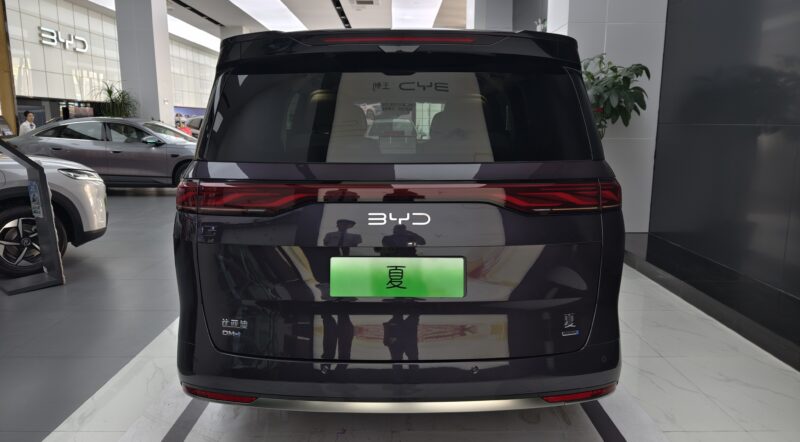
Interior
Inside, the Xia features a 2+2+3 seating configuration focusing on second-row comfort. The captain’s chairs have ventilation, heating, leg rests, and tray tables. These seats also offer a wide range of manual adjustments and can fully recline for long-distance comfort. The third-row bench is spacious enough to accommodate adults for shorter journeys, aided by the vehicle’s long wheelbase and high roofline.

The dashboard layout centres around three displays: a 15.6-inch rotating touchscreen and two 12.3-inch digital panels for the driver and front passenger. BYD’s DiLink infotainment system operates smoothly, offering access to navigation, media, and third-party apps. A roof-mounted monitor supports rear-seat entertainment. Additional features include a cooled and heated storage compartment, ambient lighting, and plentiful USB ports throughout the cabin.
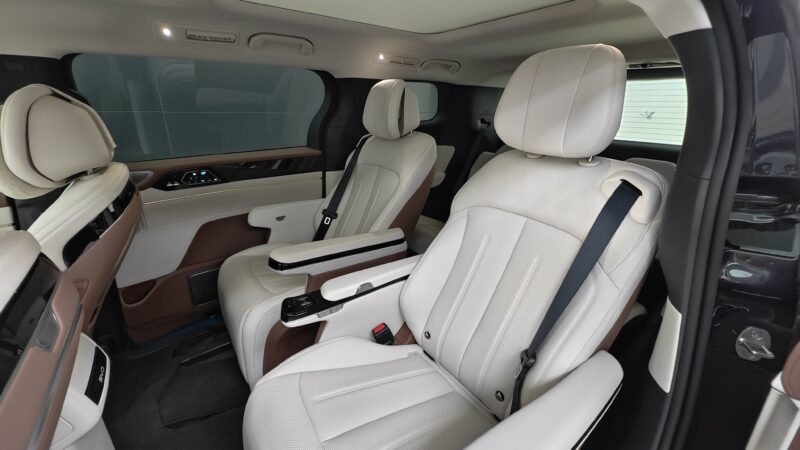
Materials throughout the cabin feel solid and consistent with other models in BYD’s upper-tier lineup. Soft-touch surfaces and synthetic leather upholstery provide a premium atmosphere without entering luxury territory.

Behind the Wheel
The Xia is equipped with BYD’s fifth-generation plug-in hybrid (DM 5.0) system, pairing a 1.5-litre turbocharged engine (115 kW) with a 200 kW electric motor. Two battery options are offered: 20.4 kWh and 36.6 kWh, yielding EV-only ranges of 100 km and 180 km, respectively (CLTC). Our test drive model had the larger battery.

Performance is consistent with expectations for a family-focused MPV. Acceleration is smooth, and the transition between EV and hybrid modes is nearly imperceptible. The Xia accelerates from 0 to 100 km/h in a claimed 8.1 seconds, and while it doesn’t feel swift, it moves confidently under most driving conditions.
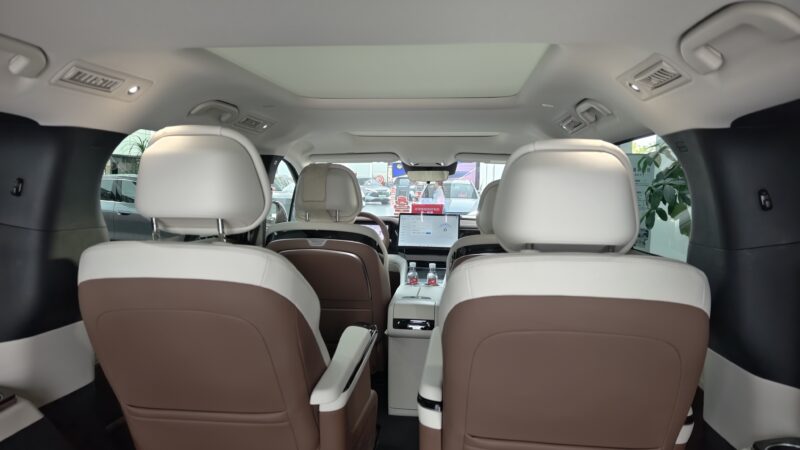
The electric motor handles most operations in urban settings, contributing to a quiet and refined ride. The engine engages seamlessly at higher speeds or under heavier loads, with minimal vibration or harshness. Fuel consumption during mixed driving settled at approximately 6.2 L/100 km, closely matching BYD’s NEDC figure of 5.9 L/100 km. Sound insulation is effective, with wind and road noise well-managed even at highway speeds.
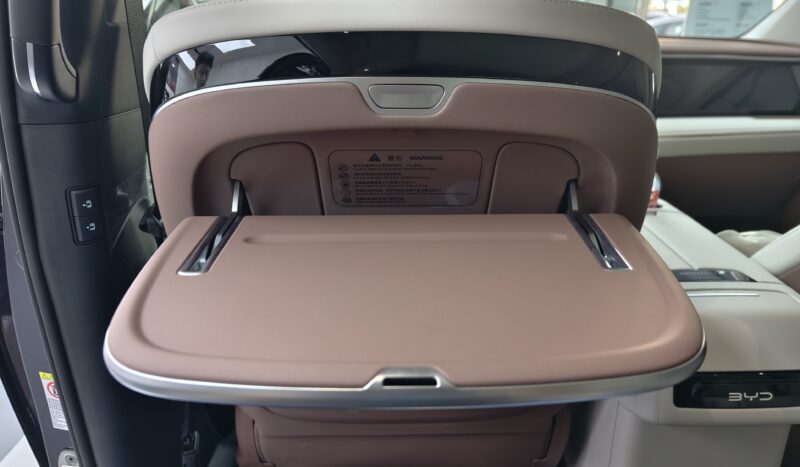
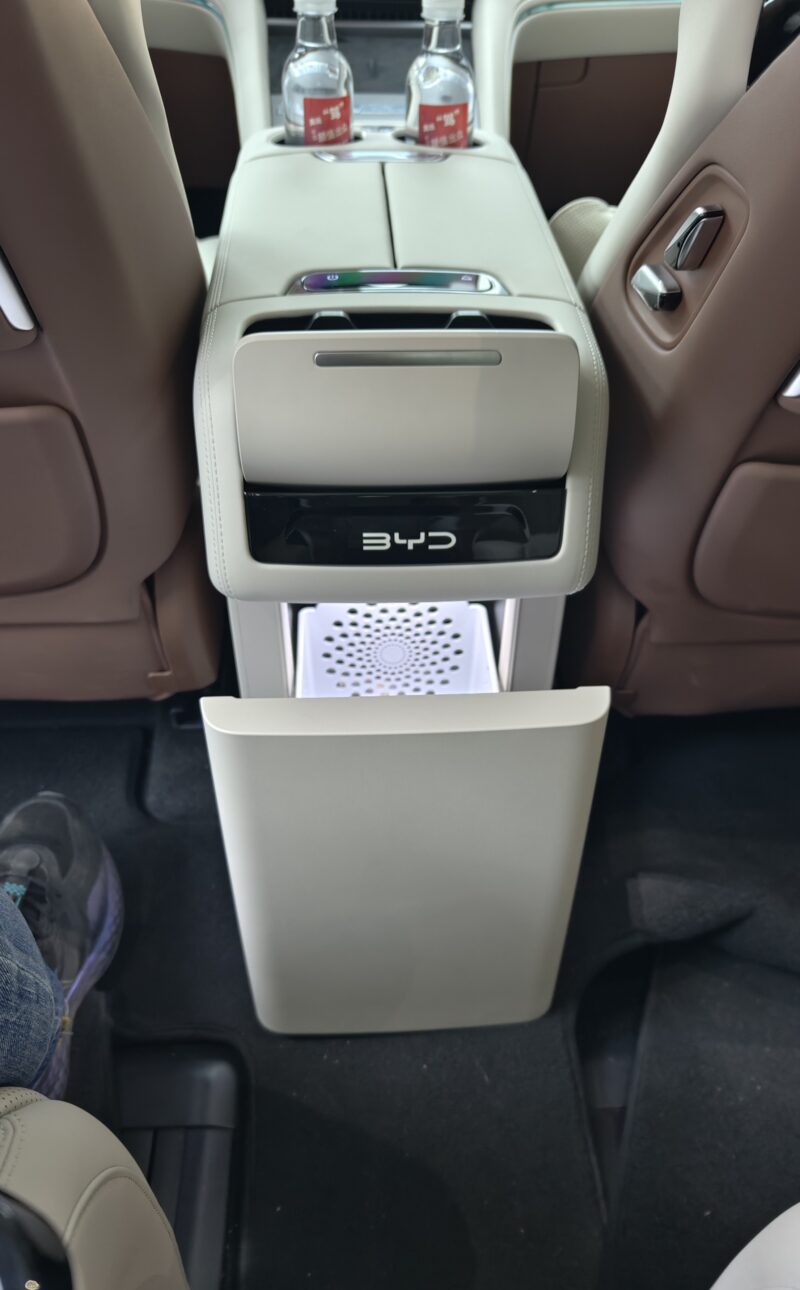
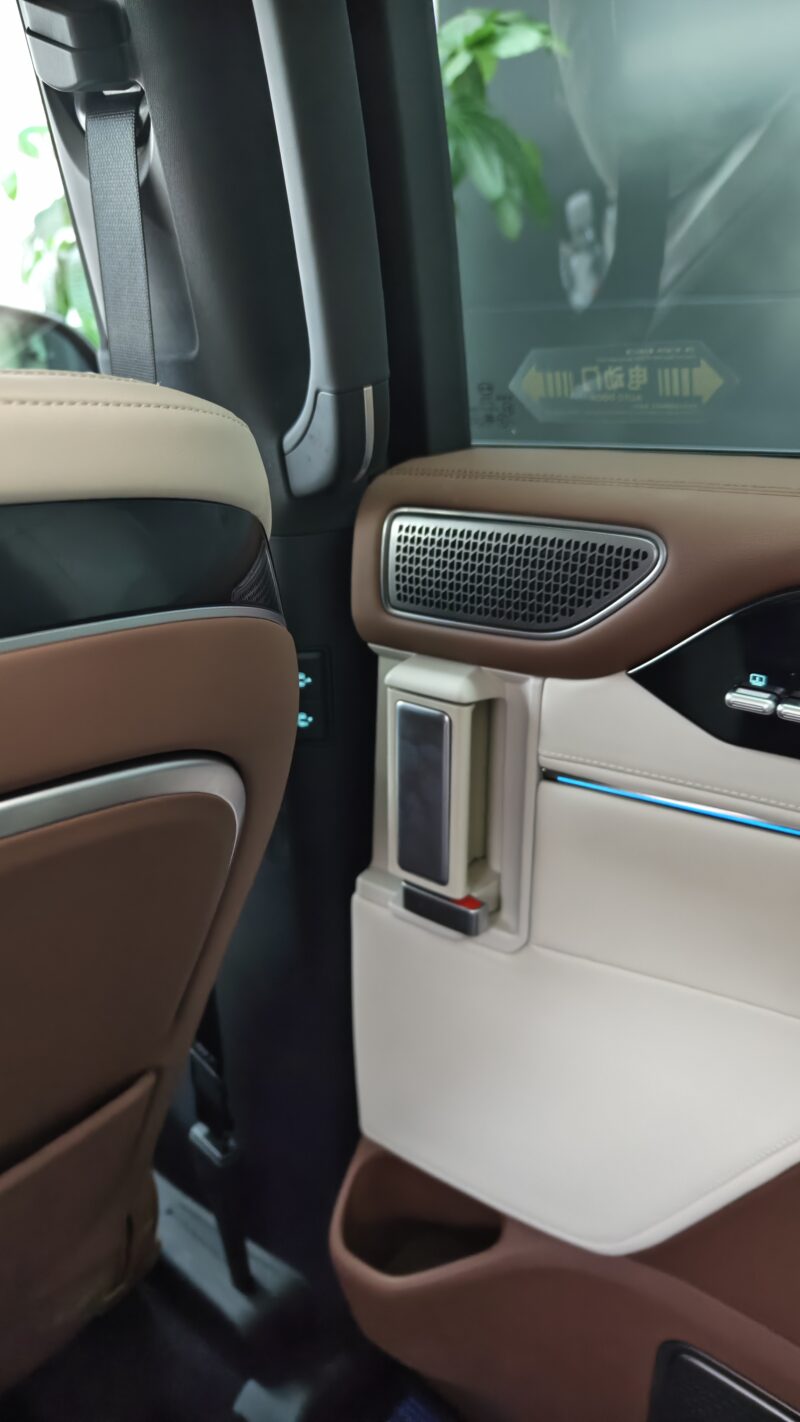
The chassis is tuned for comfort, prioritising ride softness over sharp handling. It effectively absorbs road imperfections, making it well-suited for long-distance travel with passengers. Steering is light and user-friendly, though it lacks precision and feedback. Body roll is present in corners, but the vehicle remains stable overall.
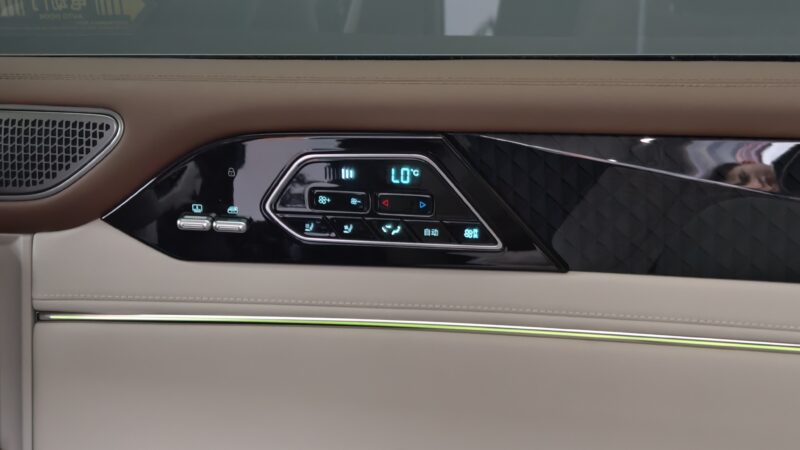
Regenerative braking is subtle and not adjustable. There is no strong one-pedal driving mode, but the system does recover energy smoothly under deceleration. A complete 30% to 80% battery recharge via DC fast charging is possible in 18 minutes, improving convenience on longer trips.

The Xia includes a standard suite of L2+ driving assistance functions, such as adaptive cruise control, lane centring, blind spot monitoring, and automatic emergency braking. The systems performed reliably during our drive, though the lane-keeping intervention was conservative, particularly on sharper curves or narrower lanes.
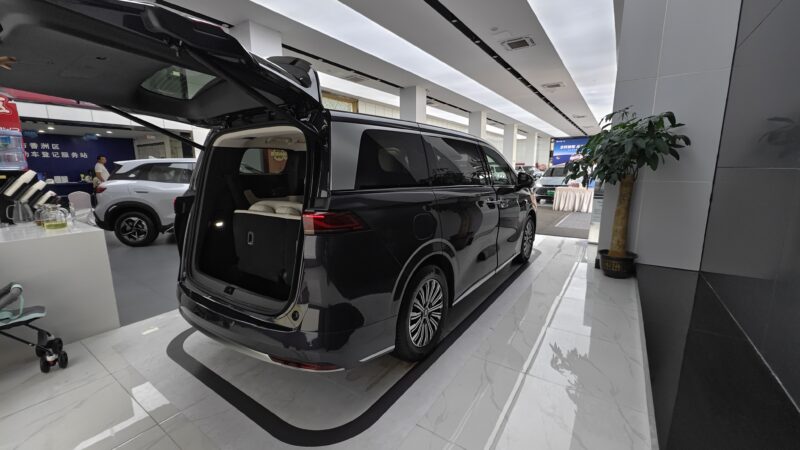
Verdict
The BYD Xia does not try to be a luxury minivan or an overly sporty hybrid—it succeeds by offering a well-executed balance of space, technology, and plug-in hybrid efficiency. Its comfortable cabin, smooth power delivery, and family-oriented features make it a strong contender in the mass-market MPV segment.

With the upcoming launch in Mexico as the BYD M9, the vehicle is poised to bring its blend of practicality and electrification to new audiences. The export of 500 units ahead of launch signals BYD’s confidence in its global prospects. While it may not yet challenge premium models in refinement or brand image, the Xia/M9 establishes itself as a capable, value-driven option for families seeking a modern, electrified alternative.
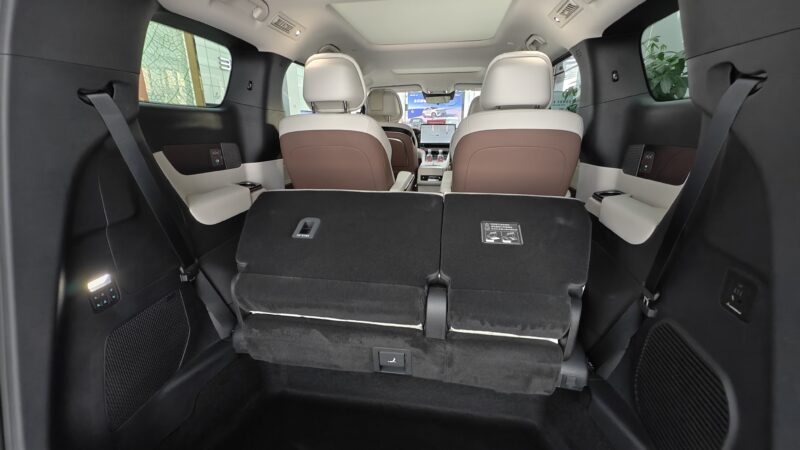
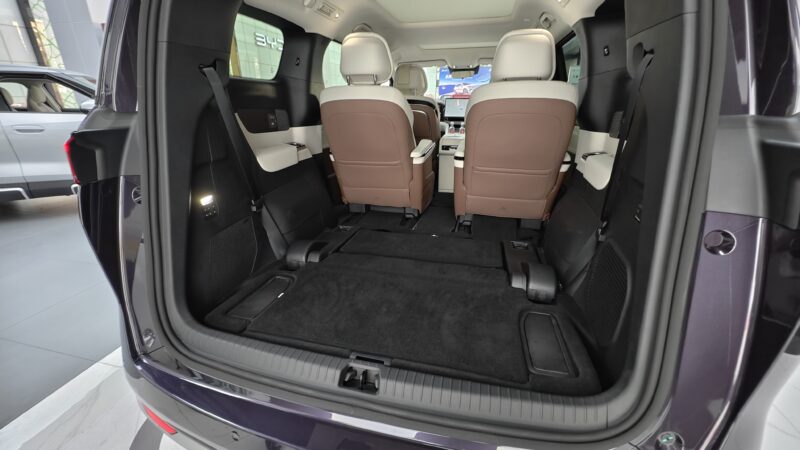
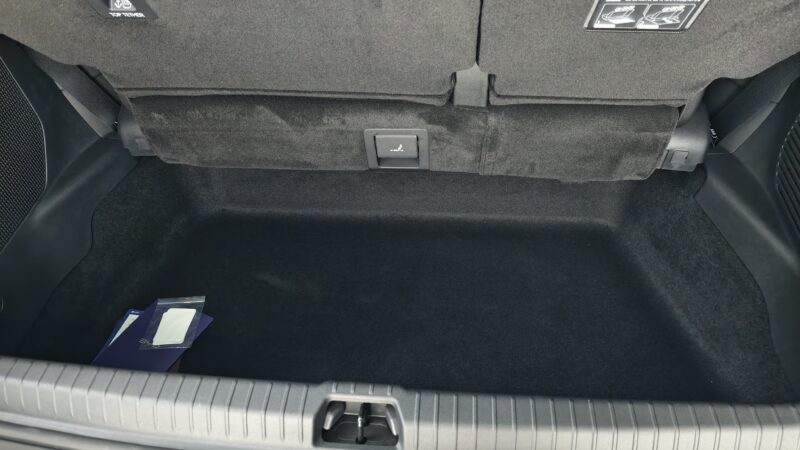
For those prioritising comfort, low fuel costs, and an adaptable cabin layout, the BYD Xia delivers a complete and thoroughly considered package that now has its sights set far beyond the Chinese market.
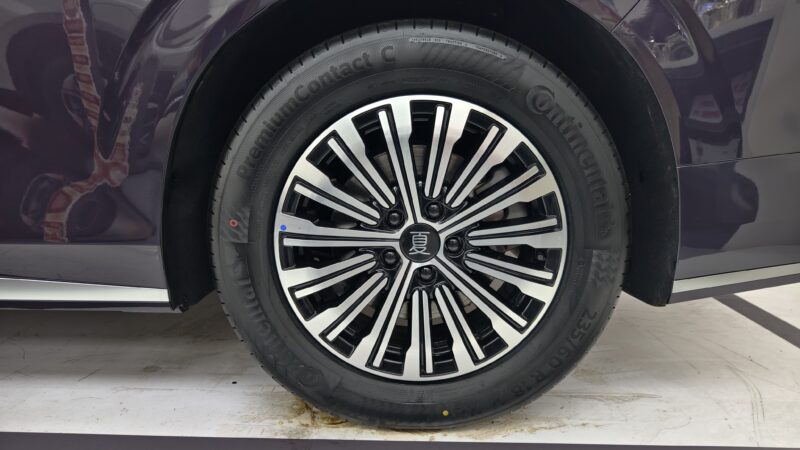
Stay tuned for next week’s Sunday China Drive at Car News China, where you can read more first-person evaluations of Chinese cars.




